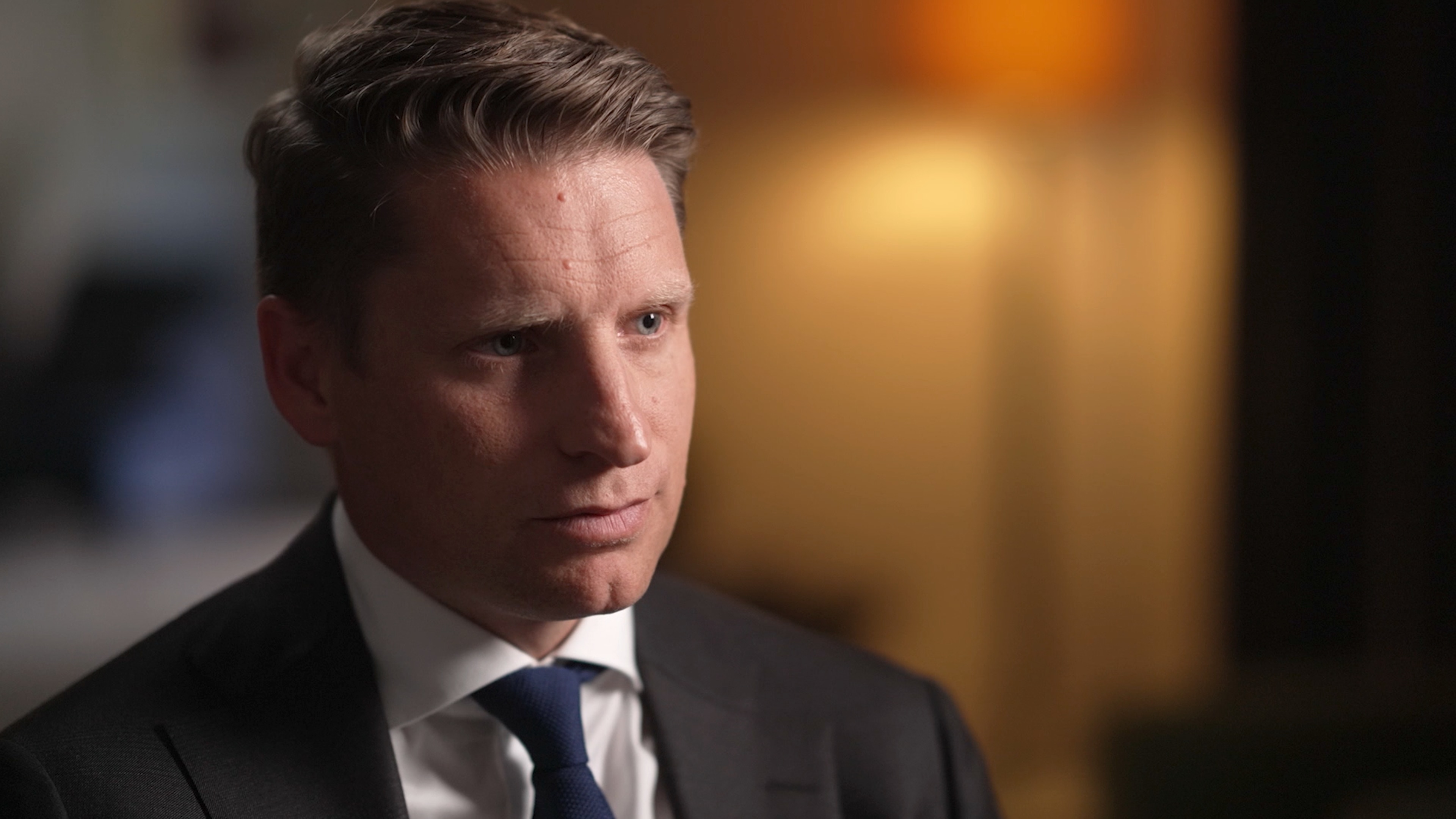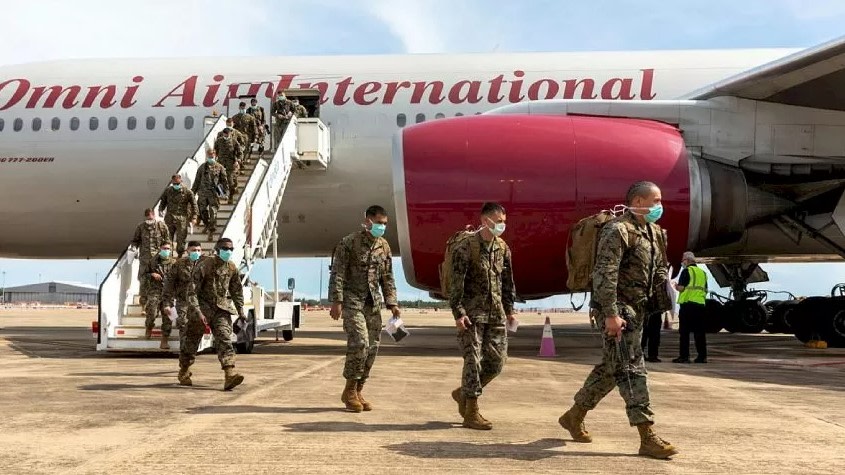This month, Commander Faith Gamboa of the US Coast Guard will lead a team - of which about 90 per cent are reservists - who hail from Clearwater, Florida.
“This is the first time a Port Security unit has ever been to Darwin, ever been to the Indian Ocean,” she said.
“So this is a big thing for the US government.”
While it is rare for the US Coast Guard to partake in a large, international military exercise, Commander Gamboa said she saw potential to test her troops in the waters of Darwin Harbour and beyond.
Exercise Talisman Sabre will run from 13 July to 4 August.




